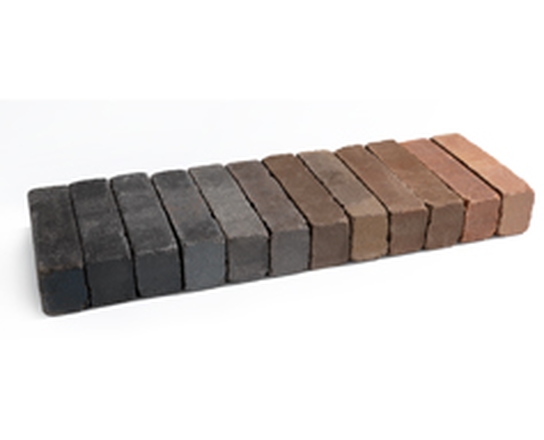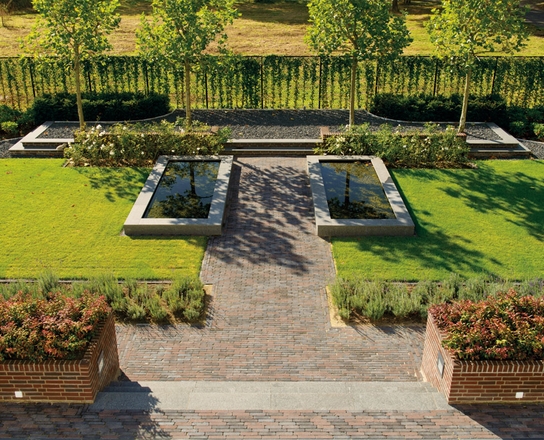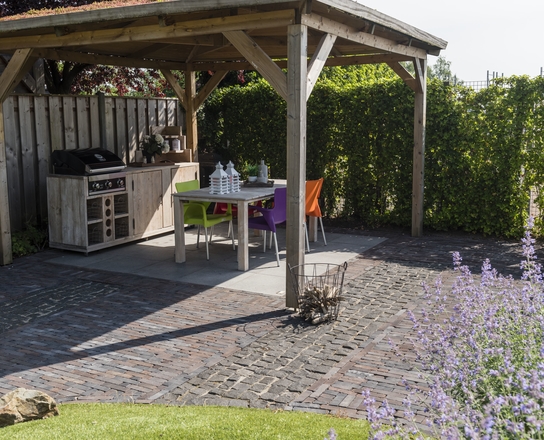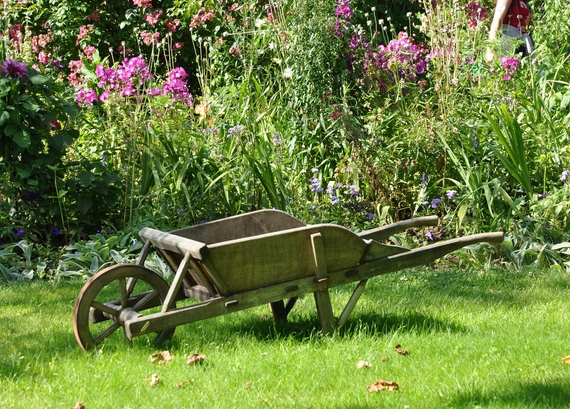
The garden calendar
A garden needs year-round attention, and it’s a good idea to have a fixed time each year when you tackle certain jobs. You could use important dates as a guide – such as the start of spring on 1 March, which is when new shoots start to emerge. Ice Saints in mid-May is when night frosts should come to an end, and your non-hardy plants can go outside. The summer solstice on 21 June is also an important milestone in the garden season. We’ve set out the most important jobs for you so that you know what you should be doing month by month.
January
- Spread sand instead of salt to prevent soiling in borders and paving
- Don’t walk on the lawn in frost and snow to prevent damage
- Feed the birds, as there are few insects around at this time of year
- Water plants, that you are overwintering indoors
- Pot heathers and winter pansies if there’s no risk of frost
- Protect sensitive plants from heavy frost with straw, mulch, bark chips, or plastic
- Prune shrubs if there’s no risk of frost
- Scatter lime over the lawn to restore the acidity
- Otherwise, leave the garden alone to rest over winter Prepare for spring and order everything you need now.
February
- Another winter month, so most of January’s frost-related tips apply in February too
- Scatter lime over the lawn
- Prune fruit trees
- Lay paving or a new patio on days when there’s no frost
- Check and maintain fences, sheds, etc.
- Clean out nest boxes ready for spring
- Dig the soil in the vegetable garden and borders and apply compost
- Pull up the first weeds
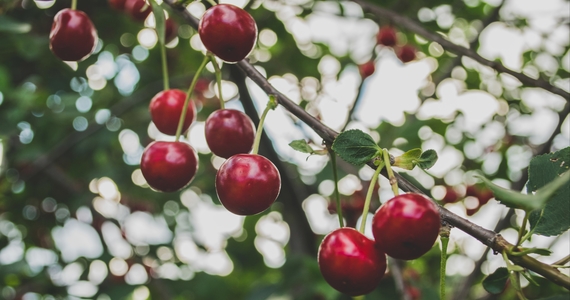
March
- Pull out weeds, use a patio knife to get between pavers
- Prune roses
- You can fertilise throughout March
- It’s also a good month to lay paving (again)
- Remove dead and rotted plant parts, but don’t prune too much
- Scarify the lawn (removing moss with a special rake or machine)
- Make sure that your pond has plenty of oxygen, remove leaves and decaying plant parts
- Start digging and applying manure and compost to the vegetable garden
- Sow early growers in the borders and vegetable garden, or sow indoors
- Starting now and lasting until May, you can start planting summer-blooming bulbs
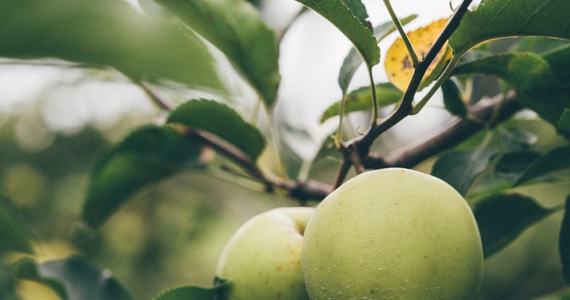
April
- Weeds, weeds, weeds – regular weeding is the best way to deal with them
- The lawn needs all of your attention; scarify, fertilise, mow, and trim the edges
- Fertilise the borders or add compost
- Slowly accustom sensitive plants to the outdoors, but be careful of frost
- Sow the first annuals
- There’s work in the vegetable garden, such as sowing and weeding
- You can start pruning the first shrubs, but watch out for bird nests
- Pot summer bulbs
- Clean your decorative clay paving with water and a broom
May
- Don’t do too much cutting and pruning in May so that you can leave birds and their nests in peace
- Sow annual flowers for summer blooms
- 11 to 15 May is Ice Saints, or the end of the spring frosts
- You can now plant frost-sensitive pre-sown flowers, plants, and vegetables outside
- Plant hanging baskets
- Pot annuals in pots and borders
- Keep hoeing and weeding
- Climbers and other plants will need to be secured with string and/or bamboo canes
June
- Remove old flowers and those that have finished flowering and feed plants with fertilisers
- Prune water and ground shoots from trees and shrubs
- You may need to mow 1-2 times a week as the grass will grow in summer heat and moisture
- Boxwood, yew, and beech hedges can now be pruned
- Prune before the summer solstice (21 June) to give the plant plenty of time to regrow
- Weed with care so as not to disturb seeds close to the ground
- Water if there are drought conditions, but not during daylight hours and not too frequently. This will ensure deeper and stronger roots
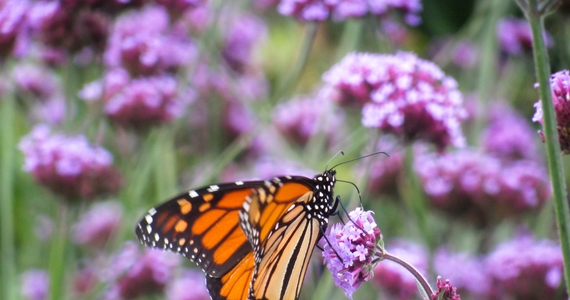
July
- Water well, but ideally in the morning to prevent the leaves from being scorched and to avoid fungus
- For the same reason, don’t mow the lawn too short
- Refill the pond if it is low
- Remove aphids with a good jet of water
- Cut back grapevines for a better harvest in the autumn
- Enjoy the garden! Pick flowers and harvest herbs and vegetables

August
- Be aware of the risk of drought and water plants with captured rain water where possible, rather than tap water
- Harvest seeds from plants that have finished flowering
- Is there enough oxygen in your pond? A filter pump can help to maintain levels
- Consider securing top-heavy plants
- Now is a good time to plant and prune conifers
September
- You shouldn’t be fertilising now, allow the garden to rest
- Continue mowing, but remove the trimmings to prevent the lawn from suffocating
- You can now give your yew and boxwood a second pruning
- Harvest fruit
- Prune fruit trees after harvest (especially stone fruits)
- Now is the time to harvest vegetables and work the ground
- Start cutting and dividing plants for next year
October
- Plant spring bulbs before the first frost
- Prune standard roses, walnut trees, and trim long branches before the autumn storms set in
- Pull a net over the pond to prevent leaves and protect the pump from frost
- Take frost-sensitive plants inside
- This month is the time to harvest vegetables and fruit
- Plant roses, trees, and shrubs
- Tidy borders, divide plants, and plant new plants
- Remove annuals
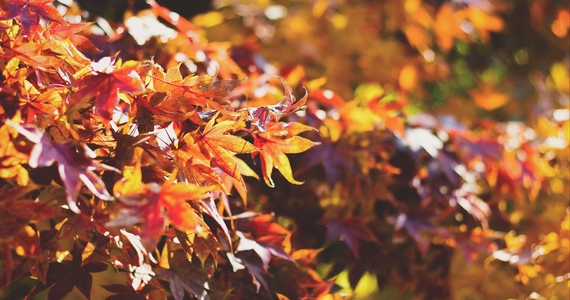
November
- Cover (underground) plants in borders and the vegetable garden with straw to protect from frost
- Clean garden furniture and bring it inside or cover it, if necessary
- Thoroughly clean paving as algae and leaves can make it slippery
- Remove leaves from the lawn to prevent the grass from suffocating
- Plant bulbs and hardy bloomers like hellebores and pansies
- Remove the hose and shut off the outdoor tap to protect it from frost
- Prune currants
- Dig the soil in the vegetable garden and allow it to rest
- Put feeders out
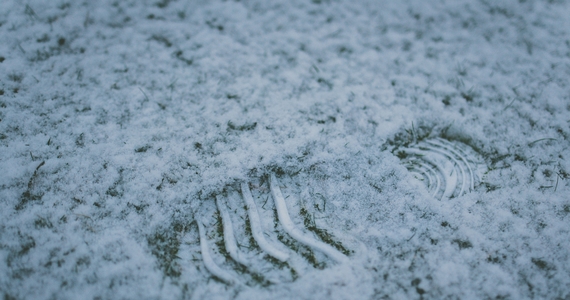
December
- Rake the lawn, but do not walk over the grass in frost
- Cover vulnerable plants with foil if heavy frost is forecast
- Snow protects borders but can dump plenty from branches
- Clean and grease tools
- Start preparing for spring – this is the time to start thinking about new paving and plants



